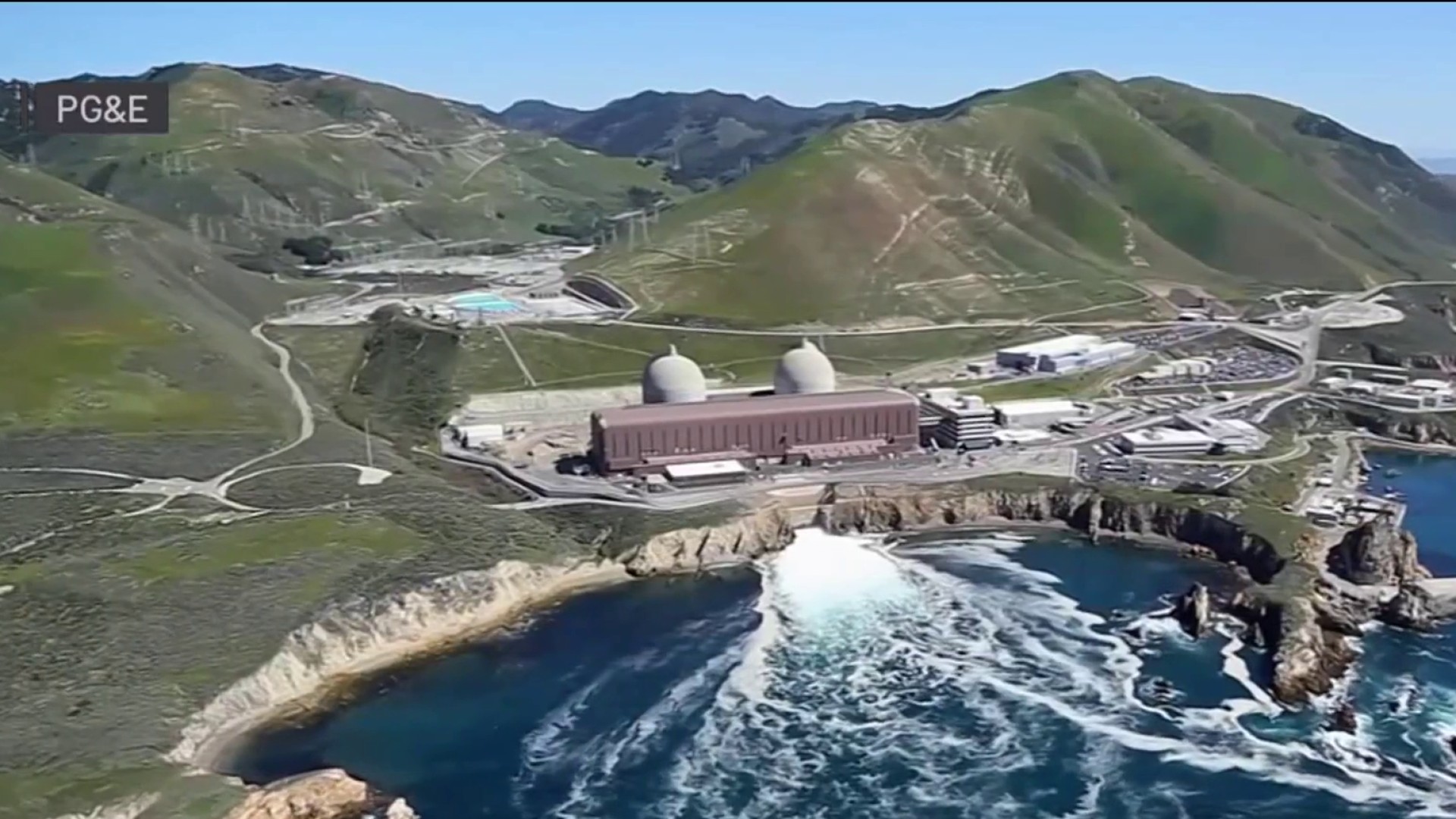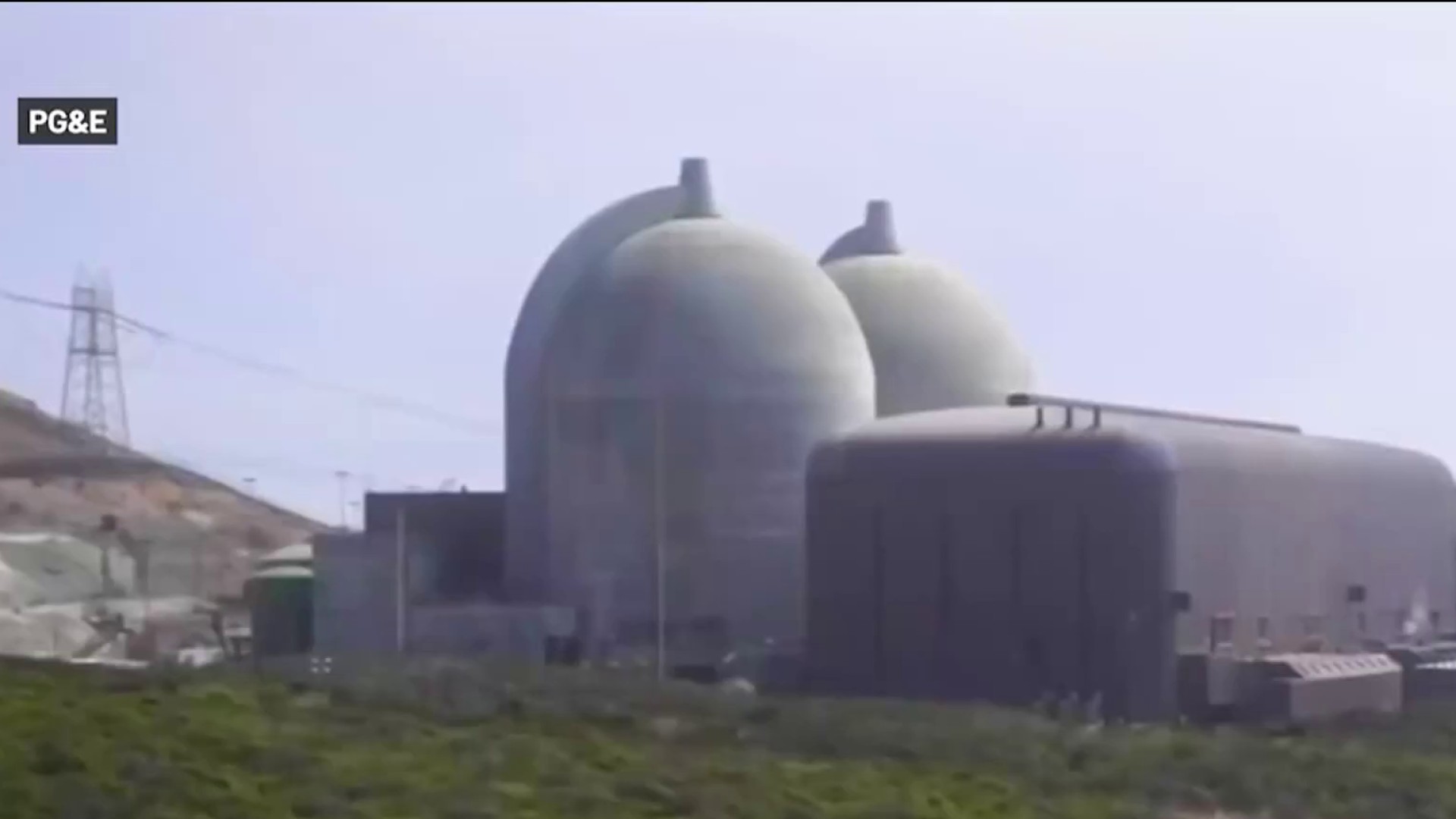The cost of keeping the aging Diablo Canyon nuclear plant open five more years could be as much as double what PG&E had first estimated back when a deal was struck two years ago to run it longer to help assure grid reliability, experts say.
Such escalating costs, they fear, could trigger more rate hikes.
Back in September 2022, when the state’s power grid was stretched to the breaking point during a record heat wave, Gov. Gavin Newsom struck a deal with PG&E to keep the state’s only remaining nuclear plant running five years past its planned closure in 2025. Keeping the plant open longer, he said, would help prevent blackouts while helping the state reach its climate goals.
The deal involved lending the utility $1.4 billion, which the state hoped to get back with a newly available federal grant. The money would offset some of what PG&E then estimated to be the $5.2 billion cost of extending Diablo Canyon’s life.
But when the grant was issued in January of this year, critics discovered that the amount available could be as little as half the sum originally advertised. Creating a shortfall of as much as three quarters of a billion dollars that could have to be paid for by taxpayers and ratepayers.
“A significant portion of that loan is going to be turned into a gift to PG&E, funded by the taxpayers,” said Matt Freedman, an attorney with the ratepayer group TURN that has been critical of the deal. Freeman noted that even lawmakers who initially signed off on the loan have recently soured on the deal.
One of them is state Sen. Ben Allen, who said in a hearing in April: “It feels like we're being taken advantage of here, quite frankly.’’
That sentiment was reflected Thursday when the Legislature voted to freeze the loan to the $1 billion PG&E has gotten so far, leaving the utility $400 million short of what it expected in loans. On Thursday, Newsom’s office acknowledged to having “ongoing differences” with legislators over Diablo as both sides work to resolve the state’s fiscal crisis.
Get a weekly recap of the latest San Francisco Bay Area housing news. Sign up for NBC Bay Area’s Housing Deconstructed newsletter.
John Geesman, a lawyer with the Alliance for Nuclear Responsibility and former state energy commissioner, said that aside from the loan dispute, the entire deal is a bad one for state taxpayers and ratepayers.
“You are pouring your money down a rat hole following PG&E’s lead,” he said, citing the findings of his own review. He says his review of documents -- marked confidential by the utility -- puts the projected cost of keeping the plant open through 2030 at more than twice what PG&E first estimated.
That initial estimate was $5.2 billion. His assessment, based on the data PG&E recently provided to regulators, puts the cost between $10 billion and $11.8 billion.
“It is a lot of money,” he said. “It's the largest single energy project the state has ever been asked to commit to.”
PG&E said Thursday that while costs have indeed gone up, its current estimate is $8.3 billion. It has told regulators that the price of uranium fuel has skyrocketed as have costs to perform maintenance and other work that wouldn’t have been needed if the plant was shutting down next year as previously planned.
It says its critics not only inflate the costs of the deal, they fail to account for the greenhouse gas benefits of the plant.
Next year, ratepayers will start feeling the pinch of the deal – with a proposed $400 million rate hike. But the hike will not be spent on fixing the aging plant. Instead, Freedman says, the money will begin to pay the utility $2 billion worth of promised profits and other incentives over five years.
“We don't understand why you need to bribe PG&E to keep this plant operating,” Freedman said, adding all the money the state is throwing into the plant would be better spent on bringing far cheaper clean energy alternatives on-line.
With the vote of the state Legislature on Thursday ending the issue for now, the governor’s office says talks are ongoing on whether to restore the $400 million that’s now been cut from the original loan amount.



